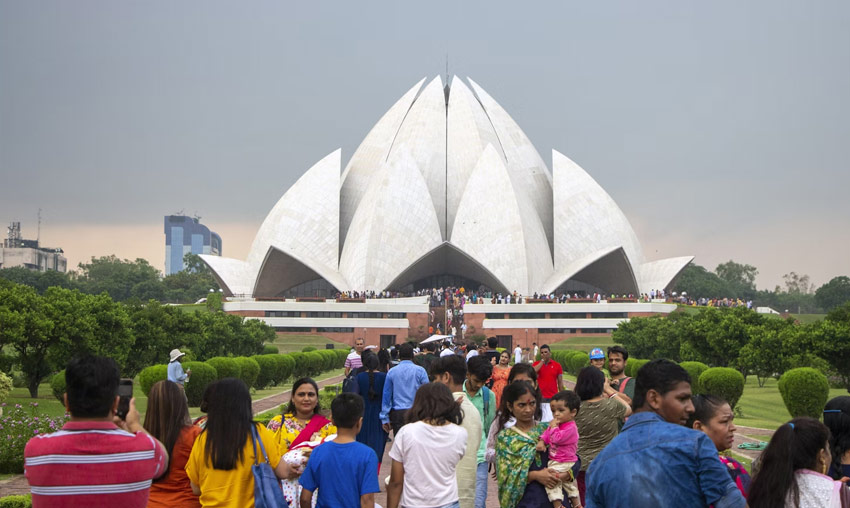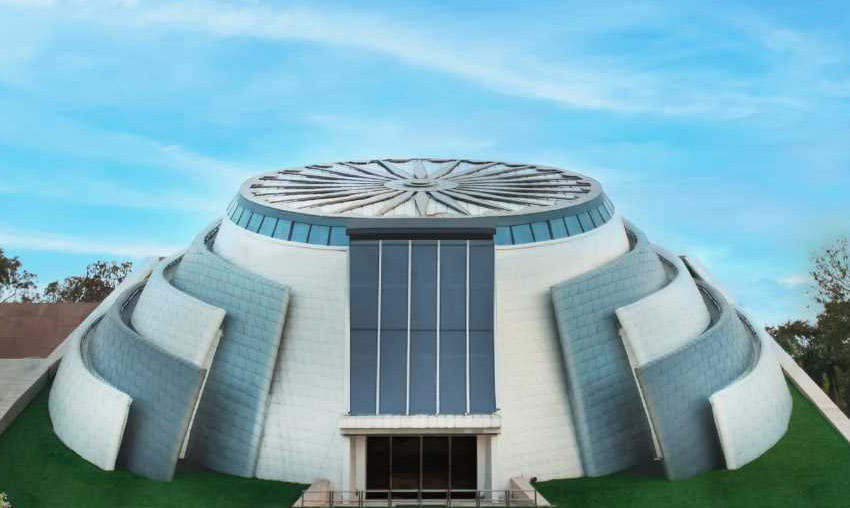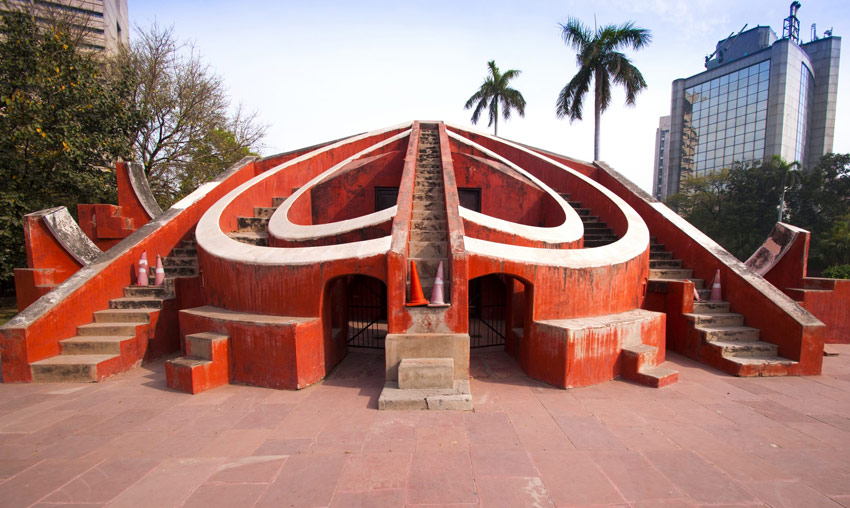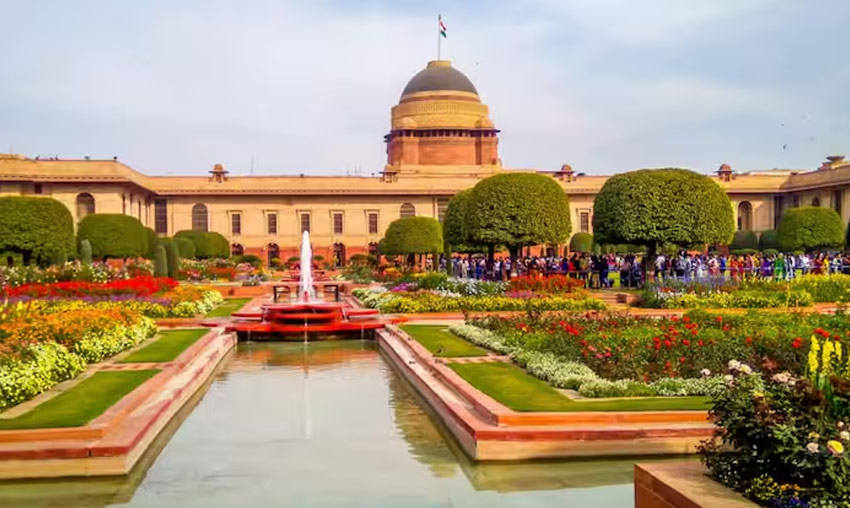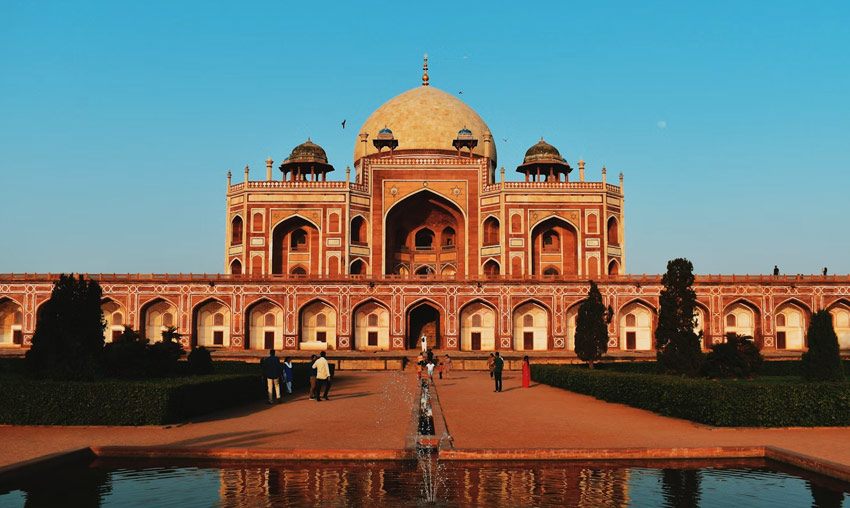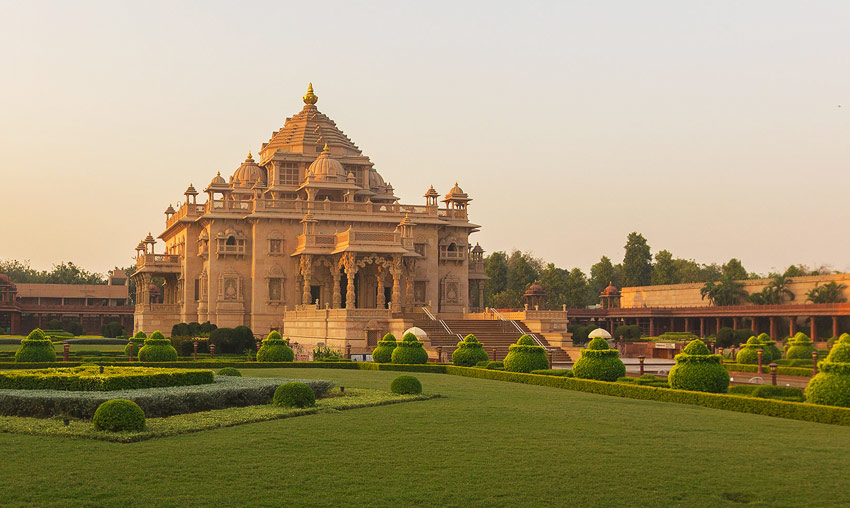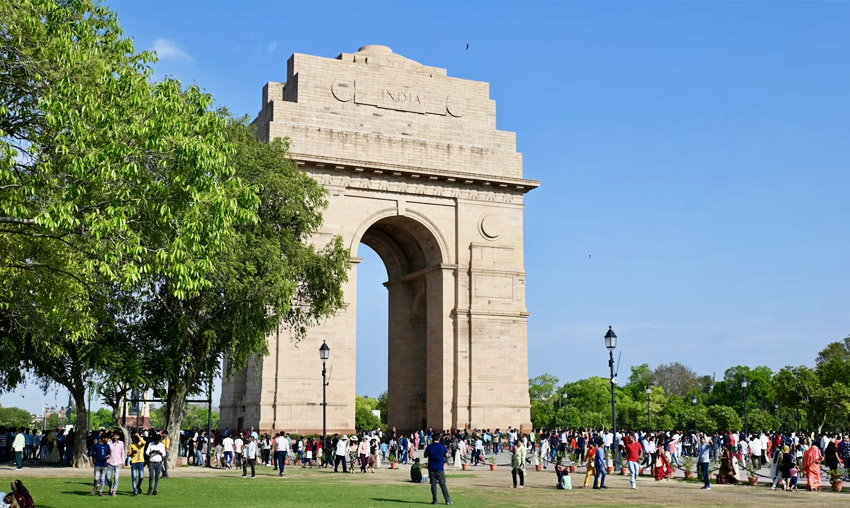Lotus Temple, Delhi (Bahai Temple) – Timings, Images, History
The Lotus Temple is a Baha’i temple that is situated in New Delhi, the nation’s capital. One of the most visited places on earth, this building’s amazing construction expands like a gigantic lotus with white petals. Canadian architect Fariborz Sahba created the design for this mausoleum, which was finished in 1986. This temple welcomes people of all nationalities, religions, races, and genders and works to spread the message of the Almighty’s unity. One of the seven Baha’i Houses of Worship located all around the world is the Lotus Temple.
Beautiful flower gardens, sparkling lakes, and an enchanted entrance gate greet you as soon as you enter the temple complex. Despite the bustling crowd, there is a sense of serenity in the air with lush green plants lining the pathway leading up to the temple doors. Once you’re inside, the captivating architecture will lull you into a quiet moment of reflection. In the temple complex, religious scriptures of all faiths are available for reading and chanting, and musical interpretations of these texts can be sung freely. Without a doubt, one of the places in the city that visitors must see is the Bahai Lotus Temple. Not only for its breathtaking design, but also to try out a novel form of meditation in an entirely tranquil setting.
Architecture of Lotus Temple
Greek white marble in the shape of a lotus blossom is used to construct the temple. The lotus was selected as the emblem because it is a common symbol in Islam, Buddhism, Hinduism, and Jainism. The House of Worship in New Delhi is made up of nine sides that are formed by 27 free-standing marble “petals” arranged in bunches of three. The Lotus Temple’s nine doorways lead to a central hall that can accommodate up to 2,500 people. The vast prayer hall of the temple is lit without the need for external lighting thanks to its unique architecture. As it diffuses throughout the temple hall and passes into the inner folds of the Lotus, the light acts as a skylight. Along with nine surrounding ponds and the gardens, the Lotus Temple property is spread over 26 acres.
See More Places to visit in Delhi
What To Do in Lotus Temple
The Lotus Temple welcomes anybody interested in participating in any of the four primary, or “core,” activities. Among them are:
1. Children’s Classes: Through the teachings of the Baha’i Faith, these classes seek to instill virtues such as charity, justice, kindness, unity, courage, truthfulness, dependence on God, and service to humanity.
2. Junior Youth Classes: These programs aim to help kids between the ages of 11 and 14 grow intellectually and spiritually.
3. Devotional Meetings: The purpose of these gatherings is to foster a loving and peaceful environment among the members of the community.
4. Study Circles: The purpose of these gatherings is to develop a spiritual consciousness among participants by conducting an in-depth examination of the writings of the Bahá’í Faith, prayer, and life and death.
Lotus Temple also organises the One Ocean Events, a performing arts series honouring the diversity and togetherness of humanity, in addition to these main events.
Best Time To Visit Lotus Temple
The finest times to visit this temple are in the evening and at dusk, when the floodlights intensify its magnificence even more.
Tips For Visiting Lotus Temple
1. People of various religious backgrounds can engage in silent prayer and meditation at Lotus Temple. So it’s best to keep quiet.
2. There are five-minute prayers at 10:00 AM, 12:00 PM, 3:00 PM, and 5:00 PM, during which a few prayers from many religions are said aloud or sung. It is asked that people stay until the prayers are finished rather than leaving the Prayer Hall during this time.
3. It is not permitted to read non-scriptural literature, preach, perform an instrument, or raise money in this place.
How To Reach Lotus Temple
The bus and metro provide excellent access to Lotus Temple, which is located in Delhi, the capital city of India. The closest metro station is Kalkaji station, which is on the violet line. You can walk down for fifteen minutes or even hail a car (1 km).
